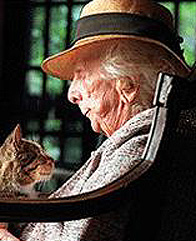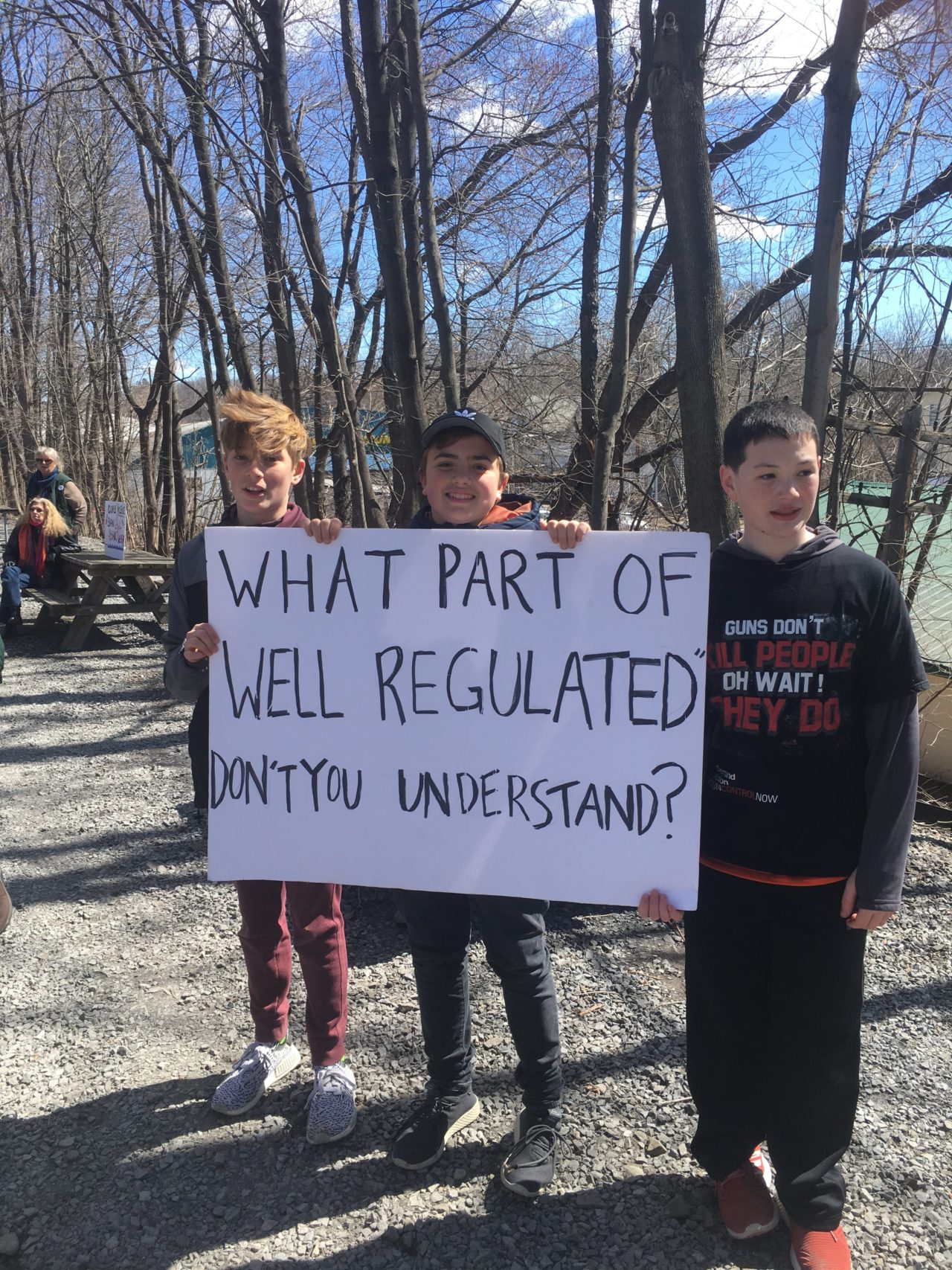As my husband and I were driving to our local #marchforourlives rally last Saturday, we were talking about the Parkland Florida survivors, and how their passion, courage, clarity and grit have been giving us hope for the future. Then we started wondering about the name of their school. Who was Marjory Stoneman Douglas? Why is their school named after her? And why do they so often refer to it by its full name, rather than the much easier MSD acronym?

As it turns out, Marjory Stoneman Douglas would probably be right there on the front lines with these kids if she were still alive. She spent her whole life fighting for causes in which she believed passionately, often in the face of extreme pressure and open ridicule.
She was born in 1890, and graduated with honors from Wellesley college in 1912, when less than 1% of American women had a college education. She then became a reporter for the Miami Herald, which was owned by her father. Initially hired as a society reporter assigned to report on parties, engagements and weddings, she was soon given responsibility for the editorial page and, a few years later, was made assistant editor of the paper. She began writing about the social and political issues that would become her focus throughout her life: women’s suffrage, civil rights, and — her abiding passion — the saving of the Everglades.
In the early 1920s, Stoneman Douglas left the Herald to become a freelance writer (her career for the remainder of her long life), and at the same time became interested in the Florida Everglades and saving this critical natural resource from over-development. In 1947, her book The Everglades: River of Grass, became a bestseller and catalyzed the protection of this area, which has since become a a World Heritage Site, an International Biosphere Reserve, a Wetland of International Importance, and a specially protected area under the Cartagena Treaty.
Stoneman Douglas lived to be 108 and fought for the causes she cared about — saving the Everglades, assuring the rights of women, people of color and the poor — until shortly before her death. In 1993, at the age of 103, she received the Congressional Medal of Freedom for her lifetime work. Though physically tiny (she was just over five feet tall and weighed less than 100 pounds), she was tireless, brilliant and articulate; a fellow reporter said of her “She had a tongue like a switchblade and the moral authority to embarrass bureaucrats and politicians and make things happen.”
That description reminds me of Emma Gonzalez and Naomi Wadler.
As my husband and I joined more than 7,000 of our neighbors and friends on the Walkway Over the Hudson at Poughkeepsie in the #marchforourlives, I was thrilled to see how many of my fellow marchers were kids and teenagers. I honor Emma, her fellow students, and all the other young people from around the world who have been galvanized to take action on the issue of gun violence. They are continuing to blaze Marjory Stoneman Douglas’ trail in speaking out and acting to counter the forces of greed and selfishness in our country. I’m grateful to her and to this new generation of activists, for not only believing the world can be a better place, but for doing something to make it so.


2 comments
MaryKK
April 11, 2018 at 1:52 pm
Very inspirational!
Erika Andersen
April 11, 2018 at 1:55 pm
I thought so, too! xo